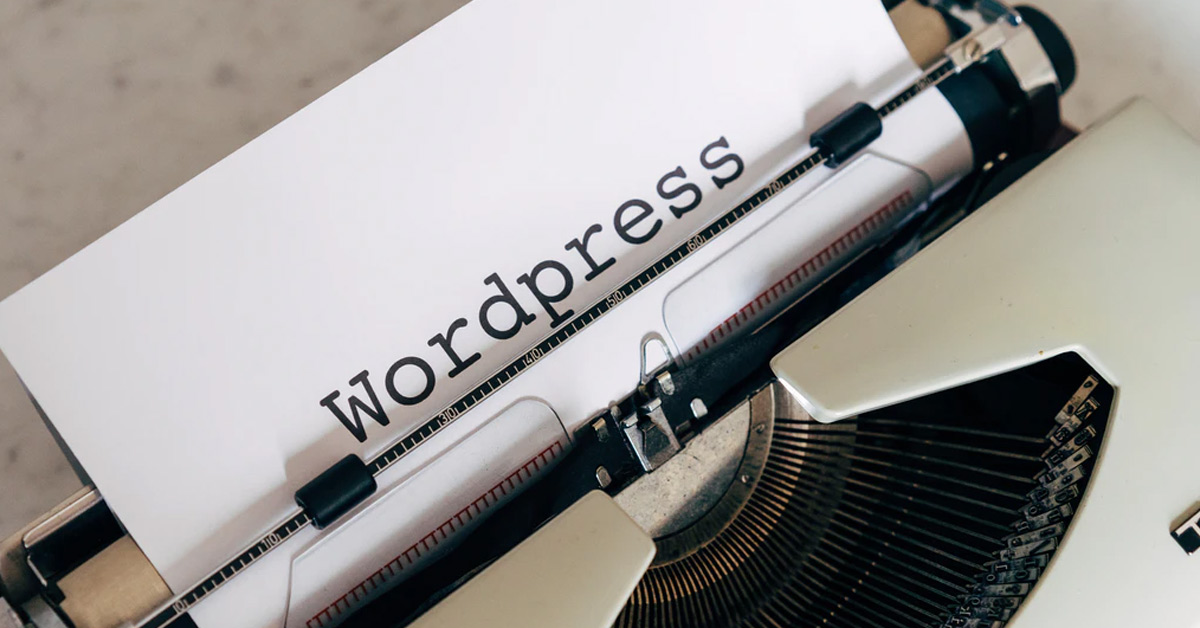WordPress Appearance Editor Not Showing: How to Fix It?

If you’re working with WordPress, you’re always going to want to have smooth sailing with this software. However, just like any software, WordPress can face its glitches and its troubles. The appearance editor not showing seems to be a problem that many users are facing. And, as no one really wants to be having any problems with their work during their day-to-day, we’re here to show you how to fix it.
So, how do you fix WordPress’s appearance editor not showing when you’re working?
Try to systematically switch off plugins and check if the editor returns, this is the most likely solution. Following that (presuming it still isn’t showing), switch all plugins back on, then temporarily switch the theme to a default WordPress theme. The only other option is reinstalling WordPress.
However, this isn’t the only problem users seem to be having with WordPress, and it would be best if you stuck around with us to show you a thing or two about fixing some of the problems that may arise. In today’s article, we’ll be taking a look at this software and solving a few problems that you may face. Today, we’ll be showing you how to enable the appearance editor in WordPress, and also how to revert to the classic editor in WordPress.
Let’s get started!
How Do I Enable the Appearance Editor in WordPress?
Most users seem to have the problem arise from the plugins. Here’s an explanation from one of the users who have also faced this problem “I had a similar problem (albeit 3 years later) and after some research, I had a process for potentially identifying the source of the problem and subsequently found that my issue was hidden in a plugin (iThemes Security in my case).”
So, taking this into consideration, the first thing you should work on is your plugins.
Firstly, you should switch off the plugins systematically to check if the editor will return. Make sure to refresh after disabling each plugin, as it’s possible that only a single plugin is causing problems.
However, it may happen that this isn’t the solution to the problem. The next step you should take is turning all the plugins back on. Since they’re not the problem, keeping them on will do no harm. Now, temporarily switch the theme to a default WordPress theme – Twenty Sixteen is the default fallback WordPress theme, so you’re likely to see this theme – refresh your site and check again. It’s likely that you’ll see the appearance editor now. If it’s still not showing, it’s time for plan C.
Unfortunately, plan C means that you have to reinstall your WordPress version and check it again. Most of the problems that arise with programs will be easily identified by the programs themselves and they’ll be solved once they’re recognized. So, during all of these switches, updates, and refreshments – it’s likely that the problem has solved itself. And if not that, then it’s definitely solved itself once you’ve reinstalled WordPress completely.
However, if it’s somehow happened that the problem still isn’t resolved (which is incredibly unlikely), you should contact WordPress’s technical support. Let them take the problem off of your hands and solve it.
It’s actually found quite often that iThemes Security is causing trouble, so you should definitely check this first.
How Do I Revert to the Classic Editor in WordPress?
Some people haven’t taken to liking the new Gutenberg editor, and want to return their classic editor.
The easiest way to revert to your classic editor is by installing and activating the Classic Editor plugin. This plugin works out of the box, and it will disable the Gutenberg editor upon activation. However, what’s great about this plugin is that it allows you to keep both the Gutenberg and the Classic editor at the same time. That way, you can have access to the best of both options.
To do this, you’ll need to configure it in the plugin’s settings. Simply go to the Writing page under Settings (in your WordPress admin area). You’ll see an option saying “Use the Gutenberg editor by default and include optional links back to the Classic editor.”
Save your changes and you’re done.
Now, if you take a look at the Posts menu, you’ll now be able to see a new link – allowing you to create posts using the Classic editor. This also allows you to edit older posts using the Classic editor, instead of the Gutenberg editor.
However, if you don’t want to keep Gutenberg, you’ll have to download the Disable Gutenberg plugin. Once you’ve installed it, go to your settings tab and choose “Disable Gutenberg”, as this isn’t an out of the box plugin and it won’t take effect until you choose that option. The plugin will now disable Gutenberg everywhere for all users on your website.
What’s good about this plugin is that you have the option to limit it to certain user roles and post types. To do this, you need to uncheck the “Complete Disable” option. Now you’ll be able to selectively disable Gutenberg for certain user roles, post types, theme templates, or individual posts.
This is a great option if you don’t want to use Gutenberg on your current post, but want to use it on your other posts, or vice versa. Don’t forget to click on the Save button to save your changes!
